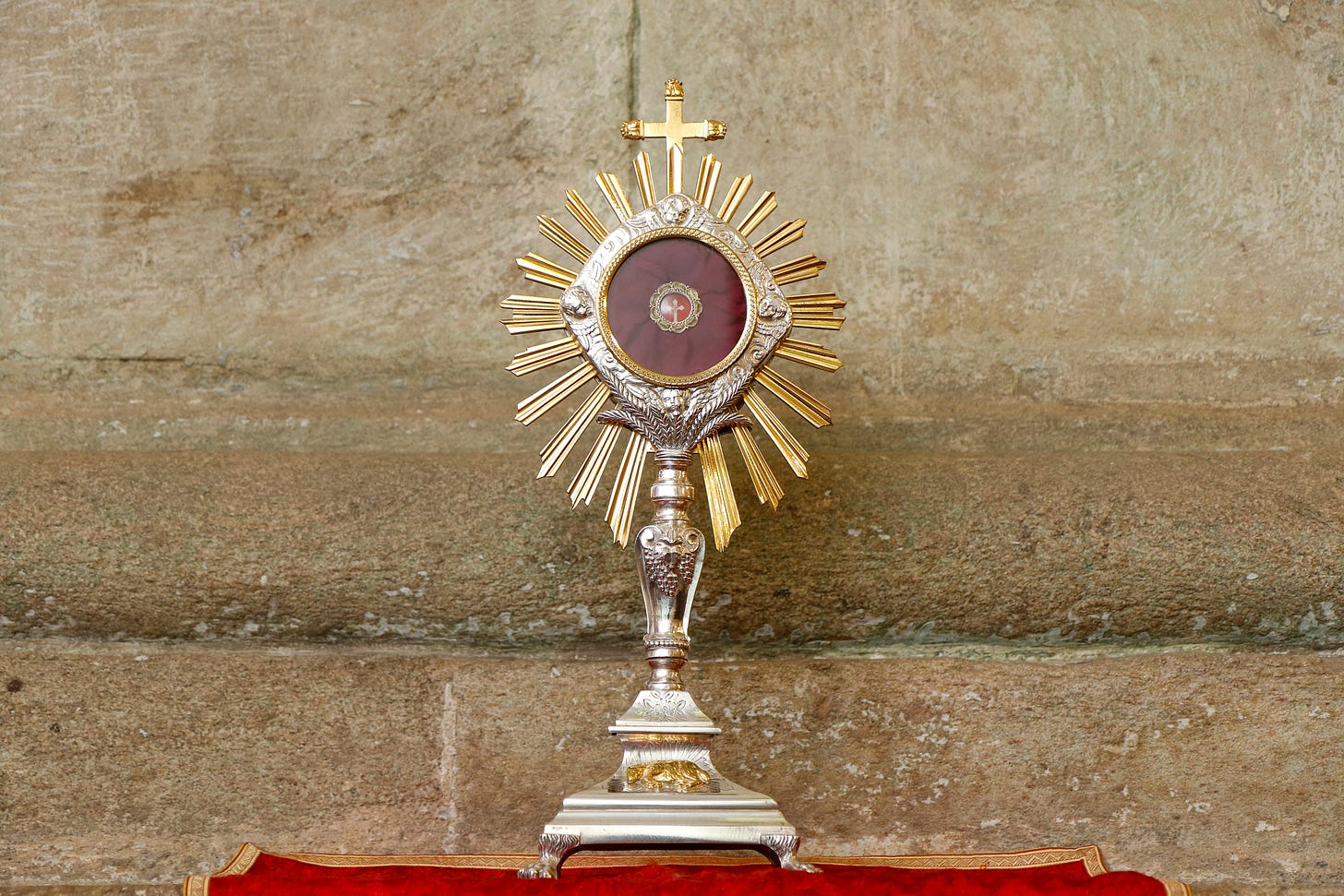A relic of the True Cross was stolen from the co-Cathedral of the Sacred Heart in the Archdiocese of Galveston-Houston May 29.
The relic, a piece of the cross on which Christ was crucified, was taken Sunday, according to a video statement from Fr. Jeff Bame, the cathedral’s rector, on June 1.
The theft of the re…

